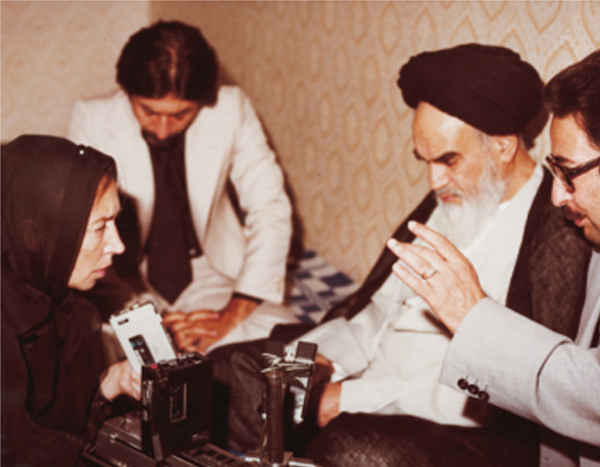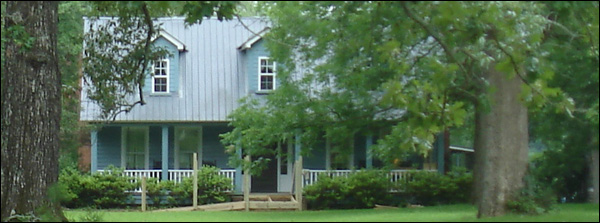Fire In the Belly (Best Of Hubris)
“I tried to get her to talk a little about her past . . . although I swore I would never ask about any of the famous names linked to hers over the years in the press. She would always smile, perhaps touch my arm, and say, ‘But you haven’t finished telling me about your attempts to overthrow your own government!’”—William A. Balk, Jr.
Epicurus’ Porch
By William A. Balk, Jr
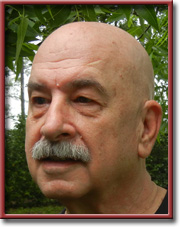 ELKO South Carolina—(Weekly Hubris)—(This column first ran in October 2014.)—“Who are you?”
ELKO South Carolina—(Weekly Hubris)—(This column first ran in October 2014.)—“Who are you?”
The woman facing me did not sound confrontational, although her question was put with a certain emphatic expectation of being answered. It seemed not to be a simple request for my name; rather, I was expected to reply in a manner which would allow my inquisitor properly to place me in her universe.
I had noticed her immediately when she entered the gallery in the old section of Georgetown, DC. I sometimes filled in at my friends’ shop when they needed to go on a buying trip. She was of a certain age, as one used to say, and clearly brooked no foolishness when it came to engaging in business. Her large and expressive eyes peered alertly, her mouth revealing no hint of emotion, only intensity. Not exactly pretty, but strikingly vibrant and self-assured, she was a presence,and I felt an immediate . . . well . . . attraction.
“Who are you?”
The question had suddenly become difficult. What could I say that would answer what she needed to know? That I would answer was certain to each of us. Weighing options, considering how much to say, I had begun to recognize something in her accent, the face looked slightly familiar. Her hands, I saw,moved expressively even when she was not speaking. Her plain black silk jacket had finely-tailored details not obvious to unknowing eyes.
“Signora, I am your slave.”
We each erupted in a raucous laugh, though mine was perhaps self-conscious. I had managed to put a name to the face and some pieces of biography to the name. My questioner had indeed been a grand inquisitor, notorious for making world leaders beg for mercy as she would interview them for her articles. She famously had a long and tumultuous affair with a Greek poet and patriot, her great love, and had fought alongside him in the Greek Resistance. Her journalism and essays and diatribes left a trail of ashes, figures great and not-so-great left to sizzle in the fire of her passion. Still, even here, now, she was a force.
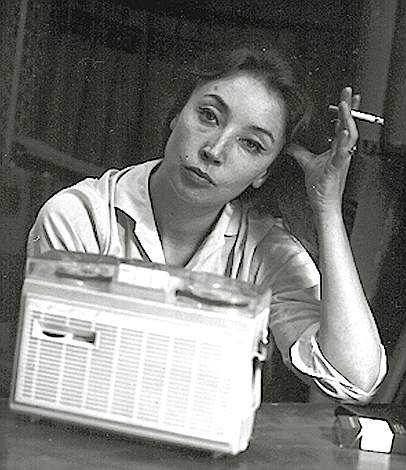
Her colleagues upstairs in the Rizzoli bookstore, she said, had sent her down to me. She had an hour before her meeting—she was on the board of directors for Rizzoli, International—and she asked the booksellers where she might find something interesting to do. Booksellers are accustomed to making recommendations, but to send her to me seemed absurd! Still, one did feel as though one were commanded by the lady.
“Signora,” I said, “I am sorry: you were misdirected. I’m happy to give you directions to the delightful old gardens up the street at the Old Stone House. The gardener is a friend of mine, and he will be honored to give you a tour.”
Another short burst of laughter.
“Perhaps,” she said. She had wandered to one of the old textiles I had collected and placed in my friends’ gallery. She carefully fingered it. “This is good,” she said. “Tell me.”
It was, in fact, a very nice piece of fine Point d’Angleterre, perfectly intact, constructed of tiny linen threads which had been wound on a hundred or so delicate bobbins and then manipulated by an expert worker—a young girl, perhaps, or a nun—to form an intricately twining pattern of flowers and urns and rococo swirls. The lacemaker had worked a fabric so delicate it might blow away, but so strong it had withstood a hundred years of use with no damage.
My visitor, of course, would know all that. Instead, I said, “Signora, I bought that from one of the best dealers in antique textiles in this country, on Madison Avenue.”
“Yes,” she interrupted, “I know them.”
I explained that on my first visit to the elegant shop on Madison, they clearly had not really wanted to deal with me. I was only a stranger, callow and jean-clad, who claimed to be interested in period textiles. I was eventually able to convince them to show me some old laces, and the director entered the vault and brought me a cardboard box, sat me down on a 400-year old chair—and left me alone like a dunce in the corner. I spent an hour going through the plain box. I selected four pieces (there were, of course, no prices), and brought everything to the director.
“I’m interested in these,” I told her.
“Why?”
Once I had rapturously recounted the qualities of all four with much too lengthy a description, the formerly dour director smiled slightly. Sheepishly, I asked the price for each piece.
The gallery director furrowed her brow, looked into the distance for a long moment, scribbled on her pad. She named a figure. It was a bit more than I was prepared to pay for any of them, but she hadn’t told me for which one this was the price. To be sure, I knew that the price quoted was a good bit less than any of the pieces would probably command, but I was too poor to pay its fair price, and I hoped I might convince her to take pity on me.
“For which one?” I asked.
A small twitch in the corner of her mouth; then, “All four.”

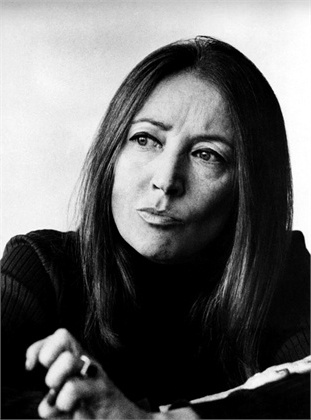
My Georgetown inquisitor smiled at me. “Ah. You have hidden resources.” We began talking about other pieces around us in the shop: a Victorian mantilla, eight feet wide, of silk-thread Chantilly; a heavy Kashmir shawl, intricately woven in the droop-tipped cone pattern that would in later periods be termed “paisley” (after the Scots town where European manufacturers had built machinery to do the work of Kashmiri artisans and let loose the industrial revolution); a “plain” quilt, minutely stitched by the Old Amish women in Pennsylvania—all black, save for a wide inserted border of brilliant purple and corner squares of a green not found in nature . This last, the quilt, was as surprising and condensed an artistic statement as any painting by Rothko, and pre-dated his work by nearly a century.
We wandered among the treasures, stopping to examine other pieces which my Argus-eyed visitor seemed interested in. I spoke about the pieces I had collected; she asked about the sources of my interest. I spoke . . . and spoke . . . and spoke.
By the time my new friend stopped and announced that she had to get to her meeting, I realized that I had utterly discarded my reticence, and had talked for an hour as if to an intimate friend.
I apologized. She smiled warmly, gave me a quick peck near both cheeks, and took her leave.
It became a memory, a story to recount among friends. Nothing more.
Half a year later, I looked up to see my inquisitor friend striding into the gallery, smiling broadly, and telling me that she had just visited the garden I had suggested on her last Washington trip, had spent an hour with my friend the gardener, and had had “the most interesting conversation with him. His family name suggested he had come from a long line of destroyers of barbarians, and I found that fascinating!”
My gardener friend indeed had an interesting story to tell—he had served a previous president as gardener of the White House Rose Garden. An election had brought a new crowd to his rosy realm, and he had requested to be relieved of duty, having been driven to near-insanity by the frequent destruction of his beautiful roses by the trampling of politicians, news people, and the public. Now he peacefully tended a beautiful 18th-century garden behind a rarely-visited historic house in Georgetown. He was happy. But I had always found him in conversation barely willing to exchange more than a sentence or two—although always the most succinct statement possible of a well-developed thought.
“Ah,” my inquisitor replied. “He knows so much about his work, and about the people whose garden it once was. And your gardener friend swears his surname has nothing to do with barbarians.”
She and I began where we had left off six months before. Her duties as a board member meant that she had to be in Washington at least twice a year. We would meet for coffee later that day, beginning a small ritual that would last several years.
I tried to get her to talk a little about her past . . . although I swore I would never ask about any of the famous names linked to hers over the years. She would always smile, perhaps touch my arm, and say, “But you haven’t finished telling me about your attempts to overthrow your own government!” Or, “Last time, you had started to tell me about going into the bowels of the Smithsonian to see a tea bowl made by Raku the Second.” Then, she’d ask another question.
Despite her ferocious reputation, my friend was charming, witty, deeply engaged—but, despite my inquiries, rarely forthcoming about herself. There would be infrequent bursts of recollection about a cherished place in New York City, in Italy and, especially, in Greece. She spoke of her sister, also a gardener, living on the family farm in Tuscany. It seemed to be a relief not to have to retell and relive the powerful stories that molded her work and her life.
We would regularly get together when she had her Washington visits until, eventually, she gave up her duties on Rizzoli’s board. My friend—for she made me feel we had achieved that status, even if perhaps it overstated the degree of our intimacy—had ceased her firebrand writing and at-all-costs interviews. But her fire remained, and her inquisitive, challenging nature still formed her engagement with the world and especially with its characters. She wanted to know Everything, and she loved discovering it, bit by bit.
In the years after our occasional meetings had ceased, I would read interviews with my friend—interviews for which she was the subject. Her many illnesses had drained some of her physical vigor; where once her wit had been biting and acute, she now sometimes sounded bitter and betrayed. She had lately let fly some opinions, political and personal, which seemed to reflect bigotry rather than bias, undisciplined anger instead of the sometimes brilliant insight that had helped make her career. Still voluble, still passionate, my friend now looked back in interviews upon the historic events and great figures of her past, and often saw lost opportunities, both hers and the world’s.
In some of these interviews she would speak of the character—or, more often, the lack of character of some of those whom she had interviewed over the years. She never claimed any unusual technique to elicit from the great and powerful—always self-serving in public conversation—such baldly revealing statements as she frequently got.
My conversations with La Signora, however, always evoked self-exposure—an earnest desire to provide her with whatever she required of me. Doubtless, many of her famous interview subjects felt a similar impulse, although some of them came to regret their openness with her. I never regretted mine.
“Listening to someone talk isn’t at all like listening to their words played over on a machine. What you hear when you have a face before you is never what you hear when you have before you a winding tape.”—Oriana Fallaci, The Egotists
